I have been an Apple TV owner on and off since the very first one from 2007. It wasn't in the same small black puck from factor you may know from today. It was much larger, sort of a hybrid between the design of the Mac Mini of its time, and today's Mac Mini; the design cues were clearly from then, with an aluminium "band" serving as the front, sides and back, and a white-and-grey plastic top (but where the Mac Mini was a grey Apple logo on a white field, Apple TV had a white "tv" on a grey field). The measurements, however, were much more like today's Mac Mini; much lower, deeper and wider than the Mac Mini of its day. That Apple TV is still lurking somewhere in my attic, and it was my first entry into the Apple ecosystem. The main reason to get it was to get a source for HD video material, because I had just bought a HD Ready Sony Bravia TV. It turned out to be a gateway drug for Apple stuff. Our household is exclusively Apple nowadays; iPhones, iPads and MacBooks all around.
The illustrations on this article are from the excellent Apple TV UI Concept by Andrew Ambrosino. They have little to do with the ideas I put forward in this post, but they sure do look pretty.
Eventually, I replaced that original Apple TV with my Mac Mini, which itself was moving over from my desk because of the purchase of a Mac Pro (yes, I know, I really was going full Apple fanboy). That Mac Mini was my introduction to Plex, a media center solution that started out as a fork of the Mac version of XBMC (now Kodi) to the Mac, but went very much its own way. The reason for this is that I have a lot of media that I acquired from other sources than iTunes, which was troublesome getting to work on Apple TV (not impossible, just more trouble than I liked). Plex will play just about anything; drop it into a folder that you designated as a location for media files, and usually it will be recognized and show up in your library, complete with meta information and artwork. It will show you the content you have "On deck" (TV show episodes and movies you're halfway through, or the next unwatched episode for TV shows you have watched recently) right on the home screen. But as good as Plex is, it doesn't have the perfect feel that most Apple products have, nor does it have the support. Just to name an example, Plex does implement AirPlay, but it works so-so. More often than not, it will show up on you iOS devices as a device only capable of audio playback, which is quite unfortunate when you were planning to show that cool web video you just found surfing on your iPad to everyone in the room. Another example: there is a Netflix app (or "Channel", as Plex calls it), but it doesn't work with the Dutch variant of Netflix. Because reasons. These two flaws are actually the reason I recently bought an Apple TV for the living room again; lean back Netflix watching (obviously I could just open the web site on the Mac Mini, but navigating a point-and-click interface from your couch just doesn't really cut it - and proper, working AirPlay. That, and because I have been eagerly anticipating an updated Apple TV for some time now. The reasoning is quite flawed, and goes something like this: "I've been putting off buying an Apple TV because I'm waiting for an updated version, but that hasn't happened for a while now, so when I buy one, an updated version is bound to appear quite soon afterwards."
A new hope
So, what is wrong with what we today call watching television? Just recently, Tim Cook (Apple's CEO) said in an interview he thinks the experience of watching television is stuck in the seventies. And he's right. It is mind boggling that - eventhough today's technology is perfectly capable of presenting a much nicer experience - the primary way of watching television still consists of switching to a specific channel at a specific time to watch what you want to watch. Yes, it's possible to record what is being broadcast and watch at a later time, but that's really nothing more than a hack; why do we need to "program" our VCR or PVR in the first place? On-demand seems to be the way forward, but for some reason, it is not taking off in as big a way as you'd expect. On-demand is mostly confined to websites (Hulu, or over here in the Netherlands, Uitzending Gemist and its counter parts from the commercial channels), which I believe is mostly because there is no real standard for this sort of thing. The only standard where they can all be found is the web, but, like I said earlier, that is simply not very compatible with the lean-back environment that is the living room. Apart from that, every TV manufacturer has their own smart TV standard. Plex came up with a nice interface, but is held back by the number of actual users. Which in turn is mostly because it is not that accessible to the average consumer. Yes, some smart TVs come with a Plex client, but setting up a server is still quite a nerdy thing to do. One party that is fairly succesful despite these problems is Netflix. It seems to be on pretty much any device that is smarter than a toaster and is capable of showing video (either directly, like smart TVs, or indirectly, like many BluRay players). And of course, it is on Apple TV and its competitors from other manufacturers, like Roku and Amazon FireTV. It is being held back, however, by the available content. It is not what Spotify is for music, where you can find pretty much any popular music within seconds. Netflix has a fairly limited offering at any one time. Sure, there is quite a lot, but it is like a well-stocked video rental shop, but without the recent block busters that just left cinema's. Yes, there is a lot to be had, but that one movie you are suddenly reminded of and you want to see right now? Not likely you'll find it, so don't throw out your DVD copy just yet.
The less obvious problem
So, is the lack of a standard the only real problem? I think there is a quick remedy to that; Apple TV, currently, only has channels from Apple and its partners. Apple controls what is on the device completely. If they were to introduce an App Store (one of the major rumoured features of an Apple TV update) anyone could get their content onto Apple TV. The promise of the standard1 we never had, combined with Apple's reputation, all the hype that will surely follow and the prices (assuming that will not change, an Apple TV can be had for €89,- or $99 USD) is more than enough to get Apple TV into many more homes, with quite a healthy content offering.
But there's a problem. For this scenario to work in the long run, Apple will need to do something much more clever than the current Apple TV interface. As it is, it is just a grid of tiles, much like the home screen of an iOS device, but without the paging (not that paging would make it better...). To watch a movie from Netflix, you need to go into the Netflix channel. To watch a movie from iTunes, you need to go into the movies channel (which is confusing enough in itself, but that wasn't the point). If I happen to have a movie that I didn't purchase from the iTunes Store, but that sits in the iTunes library of one of the Macs on my home network, I need to go into the "Computers" channel to find that library and watch the movie there. If you're like me, you may be half way through two or three movies at the same time. Good luck keeping track of that if they're all buried in different channels (I don't. I use Plex to watch movies, mostly). Things get more complicated when we add television shows and other videos to the mix. Was I watching Sons of Anarchy on Netflix, on iTunes, or was it the copy on Plex I ripped from my box set (assuming there will be an App Store, Plex is likely to be one of the first apps available)? And that video series about JavaScript, was it on YouTube or Vimeo? Not too long ago, a "Red Bull TV" channel was added. I ventured into it a few times, and did find some stuff that kept me entertained for a few minutes. The thing is, I'm not going to keep checking back to see if there is more, daily or even weekly.
Hopes and dreams
This is why my biggest hope for an updated Apple TV is that Apple makes this chaos of different content manageable. I want to have a "queue", where I can find the next episodes for the TV shows I'm watching, my "on deck" movies, the video's I added to my "watch later" Vimeo queue, YouTube channels I am following, etc. Across all these content providers. This should probably not simply be a long queue, but should have some sort of grouping. For example, Plex groups TV Shows and Movies, and has a separate "Plex Queue" where you can manually add videos from services like YouTube and Vimeo. That is about 80% of the way where I want to go already. I want a search that operates on all content providers, so that my chances of actually finding that obscure movie I suddenly have an extreme urge to watch are not compromised by my willingness to dive into the different "channels" or "apps" to repeat the search in the various differently functioning search screens. The same basically goes for a "recommended" section, which could be a very nice addition. If done right. For the Red Bull channel I mentioned, I would not mind at all to find some spectacular video about a base jump in my "home screen" (or whatever it'd be called). This needs to work in some intelligent way, though. Just asking apps if they have anything recommended for the current user is not going to cut it (prepare for the word of the year 2015, "recommendation spam"). Maybe this could work in a similar fashion to the recommendation feature from Marco Arment's podcast app Overcast, where you can recommend episodes of podcasts. These recommendations are shown (in a separate screen, that you actually need to go to) to people that use the app and follow you on Twitter, which means there is actually a fair chance that they find interesting what you find interesting. Also, it could anonymously share the things you are watching and compare it to what others are watching, much like Netflix does, but across content providers. Another area that would need addressing - especially if they were to tackle recommendations, but it would also be good for keeping track of what's on deck - is multiple users using the same Apple TV. Apple has sort of gotten away with not doing multiple users for iOS devices. For iPhones, that makes sense, mostly; a phone is a highly personal device. For iPads, though, it would be a most welcome feature. For the largest screen in the house, it's a must-have. Netflix does it, and they do so by asking the viewer up front who they are. This is very slightly annoying, but with the options they have, it is really the only way this can be done. Most people would not bother to switch when they'd have to choose to do it. I would very likely get recommendations for Thomas the Tank Engine and Miffy if I were not forced to say it's my daughter viewing right now. Similarly, I would not like her to get recommendations for Breaking Bad and Sons of Anarchy when she's a few years older and operates things herself.
So, is there any way Apple could make user identification more convenient? Well, what if they were to bundle the all new Apple TV with a more advanced remote with a touch screen, where you can set the user currently watching right on the remote, maybe optionally identified with Touch ID? The image on the left is from another brilliant Apple TV concept, this one by Martin Hajek. Hajek's concept is not so much about the software, as is Ambrosino's, but about the hardware and it is certainly worth checking out if you like this sort of stuff.
Lastly, queues and recommendations would work wonderfully for on-demand video. However, there will still be a place for live video broadcasts. Most of the programming on traditional TV channels has no business being bound to a particular time, but some still does. News as it happens or sports events, most notably. If Apple wants to take over the TV viewing experience (and I hope they do), they will need to come up with a solution to that as well. And who knows, someone might even device a way to feed traditional TV broadcasts into that system, bringing everything full circle (there will obviously be a transition period).
I do believe that Apple is very much capable of making a revolutionary interface for the television. In fact, the little snippet from the Charlie Rose interview with Tim Cook I linked to earlier is one of the clearest signs (and the most recent) that Apple is working on this stuff, and it really is imminent. Steve Jobs famously said to his biographer Walter Isaacson, "I finally cracked it" in regard to television. That single quote has actually been the fuel for a long series of rumours about a mythical device many would call "iTV"; the "logical" next step after the current Apple TV, a full blown television set. Let's be clear, I don't believe Apple is releasing a television set. The market for televisions is killing, with extremely low margins. And, Apple can get most of what they "need" to do with television through the same hardware strategy they are already pursuing; with a small little puck. There are some signs there will be another Apple event in october, although apparently it will not be the 21st. Bets are now on the 16th, with new iPads and possibly a Retina iMac in the cards. Fingers crossed the only problem with releasing an updated Apple TV really has been deal negotiations with content providers as has been rumoured before, and there is another One More Thing2 to finally shake the traditional television industry.
1: Did you hear me say open standard? Nope, you didn't. Open is cool, but a standard doesn't need to be open to still be a standard.
2: I totally expected Apple to allow "One More Thing" to die with Steve Jobs, until they used it for the Apple Watch, last september.

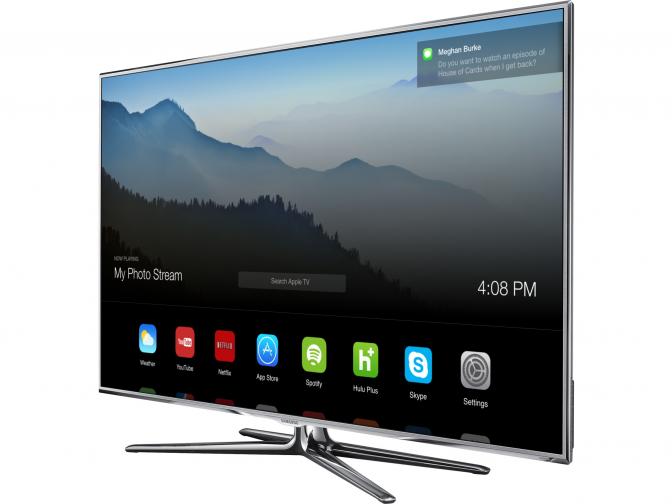
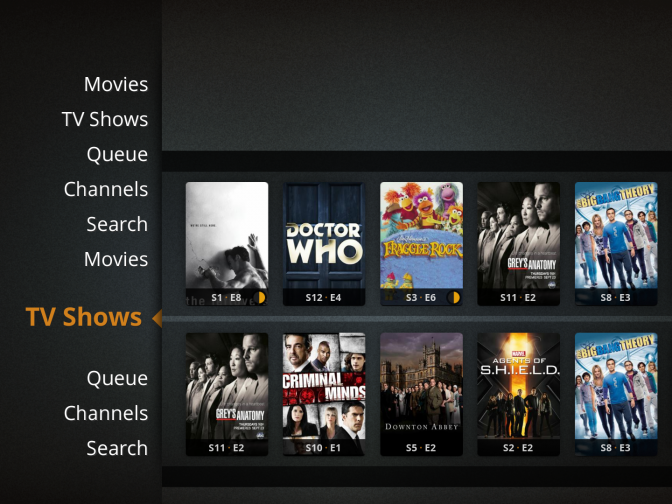
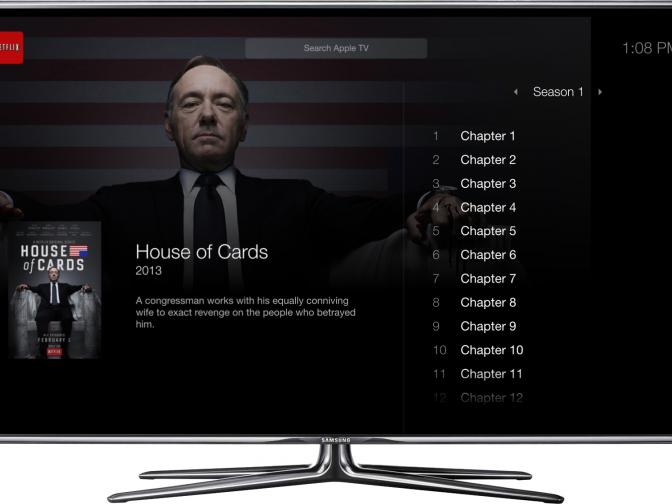
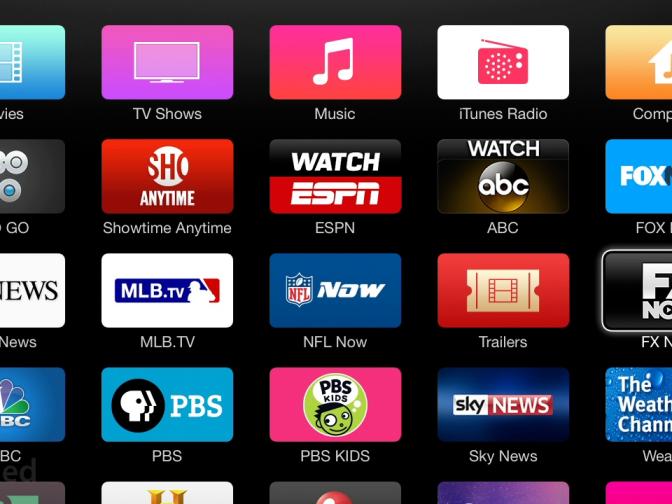
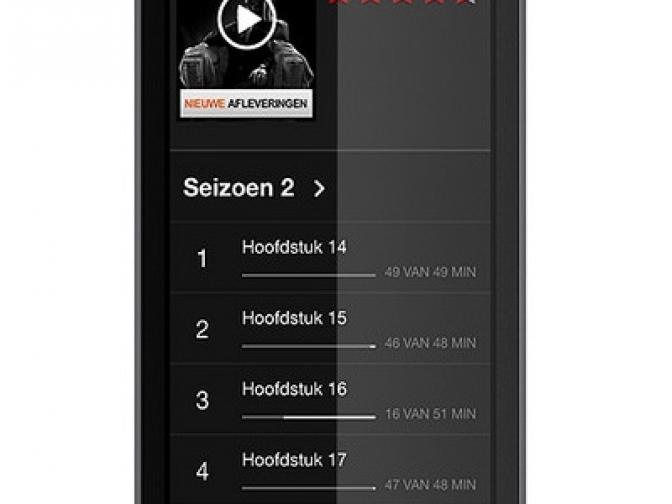
[…] little over a year ago, I wrote a blog post about my hopes and dreams for Apple TV. Then, finally, at the last Apple event on september 9 2015, Apple unveiled their plans for the […]